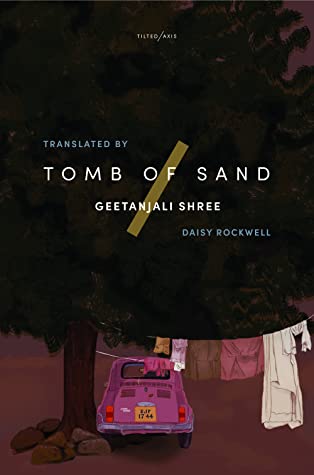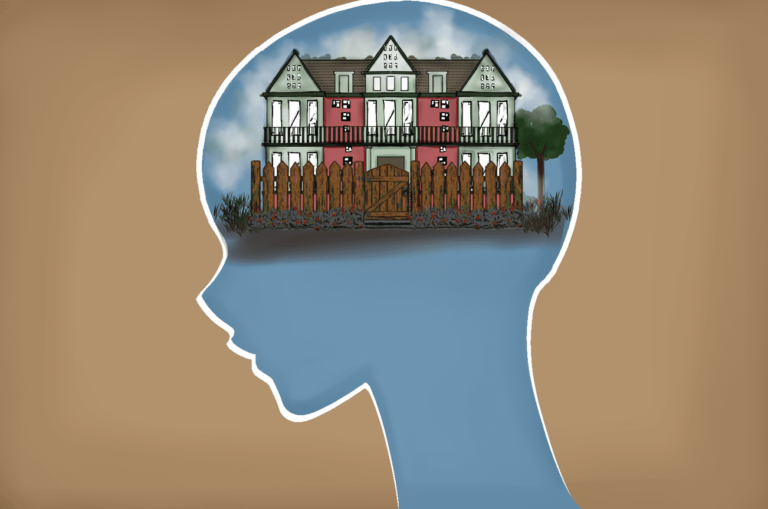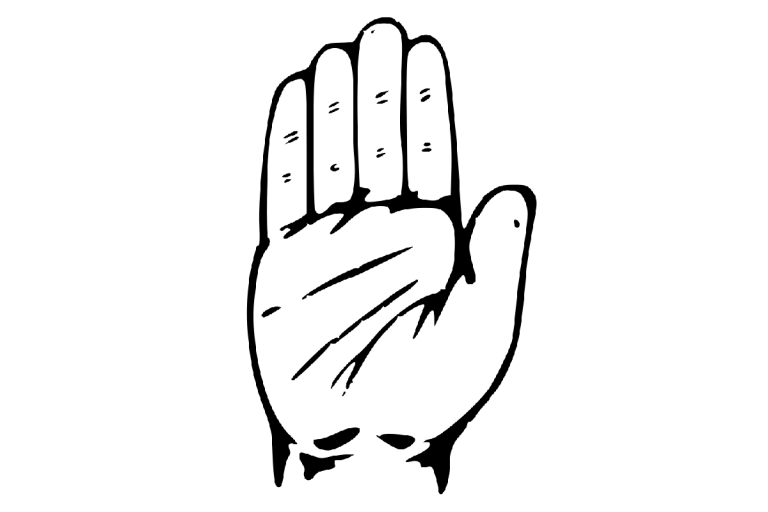Tomb of Sand – Painting the trivial from a palette of extraordinary colors
The plot of “Tomb of Sand” is intricately intertwined, touching on Buddhism, women’s rights, ancient history, mythology, modern urban life, and many other topics. The protagonist is an elderly person. It honors the illustrious Subcontinental writing tradition fueled by the partition of India and Pakistan in 1947. A novel exploring language, structure, and building is also a work of art, an engaging read filled with cliffhangers and surprising turns.
In this book, the story writing takes on a different hue. Its plot, organization, plausibility, and representation are exceptional in their unique ways, beyond our discernible boundaries and limits. Even the familiar is completely novel in this situation. Its reality does away with the division between the two; both are recognized and charmed. In its course, time also reaches here. Each person has a history and each second slumbers for eons. For instance, the “voices returned from the historical backdrop of the massacre” are echoed in the violent Hindustani and Pakistani nationalist displays that occur every night on the Wagah border. The long shadows of time remain tied to each day of the joint family. The narrative is divided into three sections, each of which focuses on a different stage of the main character’s life.
The elderly mother, who is now a widow and grieving her husband’s passing, is the first part’s subject. She has her back to the rest of the world and is usually bedridden, yet she is not unwell. Both literally and figuratively. As also, further family members are presented. The author uses Hindi common nouns like “beti,” “bahu,” and “ma” to identify the characters even if they don’t have any unique names of their own. The author continues by describing events that would occur in a typical Indian family. The interactions, arguments, teasing, and behaviour. Their connection on an interpersonal and intrapersonal level. How the fact that Beti is liberal and independent causes her to be shunned by her own mother’s family. How Bade, the older kid, took up the responsibilities of the Guardian at an early age caused him to become estranged from his own family. After getting married to Bade and dealing with the obstacles of raising her children, Bahu experienced her own struggles and disputes. How the family isn’t always getting along but yet managing to keep together, as seen by the fact that even after arguments, they all came together to move forward when “Ma’s back” was turned towards them and the rest of the world. Until the elderly woman inexplicably vanished one day, the family members, including the housekeepers, would do their best to encourage her to get up and engage with the outside world once more.
The second section takes us through Ma’s transition into a new stage of life when the conventional roles have been reversed. Beti has transformed into a mother to her eighty-year-old Ma, and she has become a young child. After relocating to live with her daughter, the elderly woman started living her life once more. Everything that she did not do at her son’s home, she would do here. The life that “Ma’s back” had been turned toward now had a brighter beam of “sunlight” shining upon it. Ironically, it was the daughter’s life that halted while the mother’s life, which had been at a standstill for some time, began to move again with fresh vitality. The lifestyle evolved along with the roles. In Beti’s care, Ma became well. She had the sensation of a bird being set free. Even Bade and Bahu envy this newfound joy. One was because he was unable to deliver it to his mother, and the other was because no one could. Ma began reliving her life with her transsexual companion and gained new pals. But surprises and shocks are a constant part of life. Ma makes a pretty unexpected choice as a result of a startling experience.
“Back to the front” is the theme of the third section. Ma and Beti set out on a new adventure. They each have distinct goals in mind. Beti only wants to be at her elderly mother’s side; Ma, however, has other plans. Together, they enthusiastically explore the area as their goals and twists develop. The fundamental aspect of the novel, i.e., cliffhangers and narrative twists, is how the tale moves forward.
In the book’s presentation of the third half, where a huge number of these essayists appear, references are made to a significant number of the matchless Partition authors in Hindi and Urdu.
Alive at the Pakistani-Indian border at Wagah. The tale exhibits originality since it comes from creatures other than humans, including butterflies and birds. The philosophical element of the plot distinguishes the book from other fictional works and adds a deeper knowledge-based touch to it. The plot is grounded in truth rather than fancy. The realistic approach and resolution add to the story’s intrigue. However, the narrative goes slowly enough to give each character—living or not—enough time and room to develop. Every single one of them, including the mother, the son, the daughter, Rosie Bua, the hijra, the wall, and the door, has been meticulously pieced together over time.
Nevertheless, the plot may be summarised as unique compared to its contemporaries. “Tomb of Sand” gives us a genuine, realistic resolution in the author’s distinctive manner, in contrast to most novels that purport to have a realistic touch with fantasy-like endings. The book is a breath of fresh air in and of itself, yet it is not entirely a new concept. The plot can be described as imaginative but not particularly original, as similar stories have been written previously.
The author manages to capture the full life and history on the paper with a combination of remoteness and proximity, sympathy, and a really developed enmity. Contrarily, even the inevitable humour highlights how significant the enormity of partition was. This book is a right place to turn if you need proof of the variety and reflection of traditions and practices in modern fiction.
Image Credits – Goodreads








